There’s always something extra to do in Istanbul Old City, aptly known as ‘the city of the world’s desire,’ whether it’s walking ancient city walls, haggling in historic bazaars, sipping beer on a rooftop bar, absorbing the holiness of Ottoman mosques, watching the sunset on the Golden Horn, or relaxing in a Turkish bath.
Do you want to visit Turkey’s crowded bazaars and steep valleys? Now is the time to apply for a Turkey visa online.
Istanbul’s fascinating Old City, which houses some of the city’s most important sites, remains the city’s heart beating. Sultanahmet, situated on a peninsula with a view of Asia over the Bosphorus Strait, was once the capital of the Ottoman empires and Byzantine.
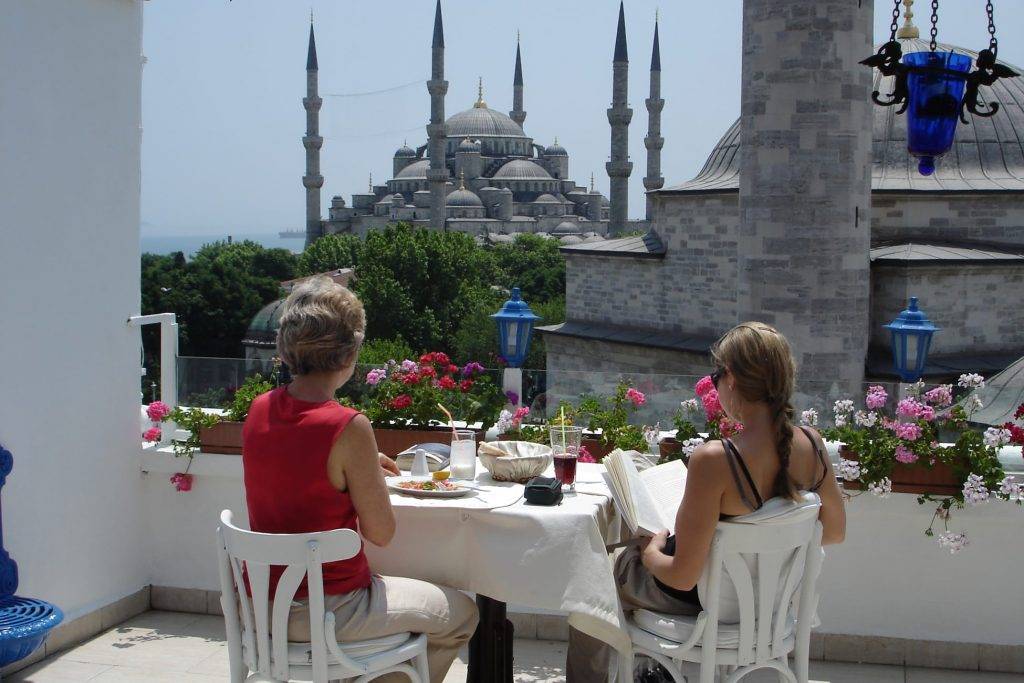
Stroll the ancient city walls from the Sea of Marmara to the Golden Horn.
For a thousand years, Theodosius’ great Walls kept the city safe from everyone from Attila the Hun to the all-conquering Muslim Arabs before surrendering to the Ottoman Turks in 1453. These late-Roman walls, which run about 6.5 kilometres (four miles) down the peninsula’s spine from the ocean of Marmara to the Golden Horn, have been impressively preserved. Walkthrough hole-in-the-wall restaurants, smoky tea shops, and cottage gardens in the walled moat, largely unspoiled by visitors. The Church of St Saviour in Chora, known for its mosaics, the exquisite Ottoman Mihrimah Mosque, and the old Byzantine emperors’ residence, Blachernae, are all must-sees (Tekfur Saray).
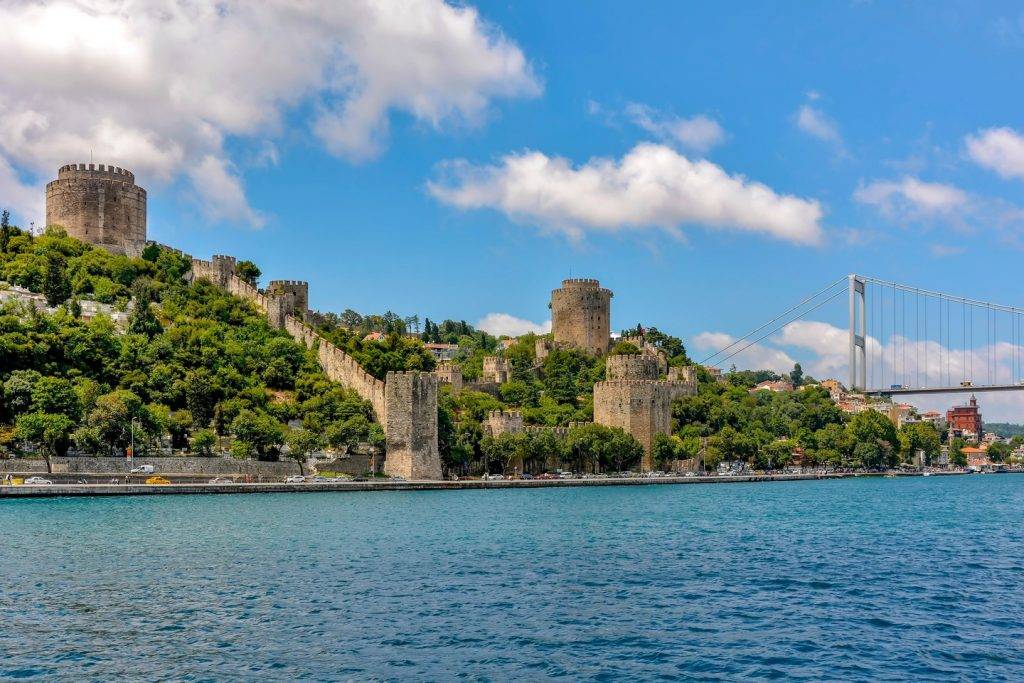
Pro-tips: Avoid walking the walls after dark for your safety. The Marmaray metro line may take you to the southern end of the walls. Take a boat from Ayvansaray down the scenic Golden Horn at the end of your walk.
Steam-clean yourself in a hammam
Cleanliness is an essential part of Islam, and until most residences had their water supply, the hammam (Turkish bath) was a necessary part of city life. Massive domed temples to hygiene, endowed by sultans, arose among the city’s primarily wooden houses. Visitors currently come to the hammam to relax on the warm marble, sluicing themselves with warm water from exquisite copper bowls, or submitting to an excellent masseuse’s pummelling and cleaning. The Hürrem Sultan, Cagaloglu, and Cemberlitaş are only three of the Old City’s many attractions.
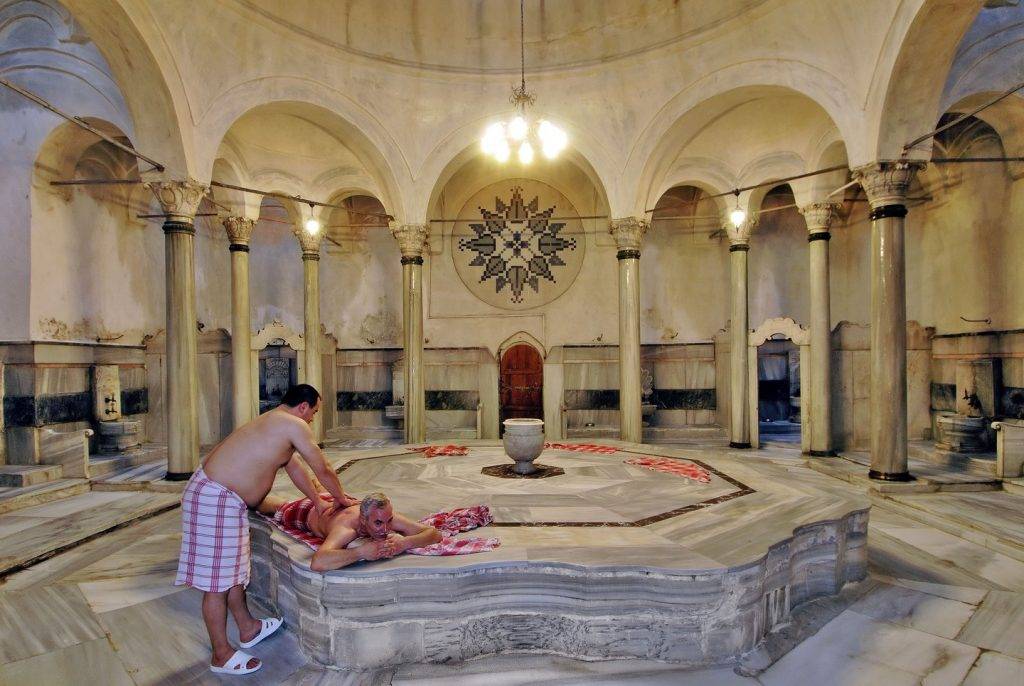
Pro tip: The three hammams listed above have different regions for men and women; try the Süleymaniye hammam for a mixed-sex session.
Stroll the streets of Balat and Fener
These two districts’ narrow, cobbled streets, which wind their way down the hillside to the Golden Horn waterfront, have initially been the exclusive domain of the city’s Jewish, Armenian, and Greek communities. Around St George Greek Orthodox Cathedral, some of the crumbling late-19th-century European-style terraced houses are being bought up and redeveloped, with a slew of new vintage-style cafés springing up. It’s a decent place to wander about, but don’t miss St Stephens, a unique cast-iron Bulgarian church that was recently restored.
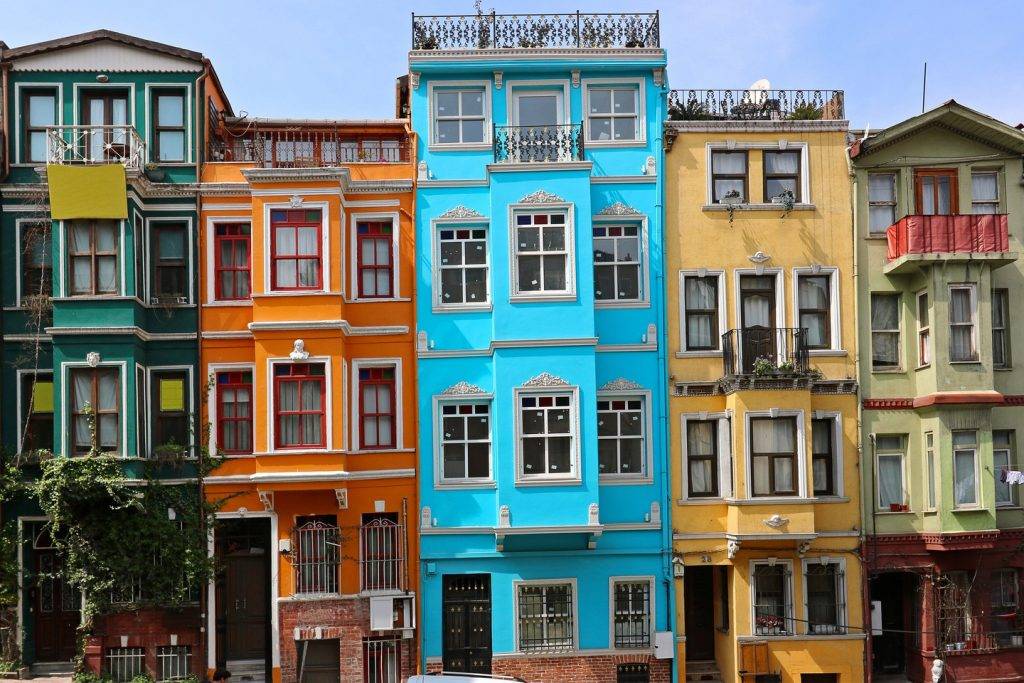
Pro-tip: Ferries travel from Karaköy’s pier (easy to reach from Sultanahmet) and stop at Fener and Balat.
Get lost in Istanbul’s biggest bazaars.
Although the Grand Bazaar, with its 4,000 shops and the smaller Spice Bazaar, are lovely places, these domed temples of late-Medieval consumerism continue to draw crowds. Dive inside the Grand Bazaar’s maze for anything from knockoff designer jeans to handcrafted Turkish carpets, leather coats, and traditional gold jewellery. In addition to nuts, dried fruits, and the famous Turkish delight, the Spice Bazaar does precisely what it says on the box.
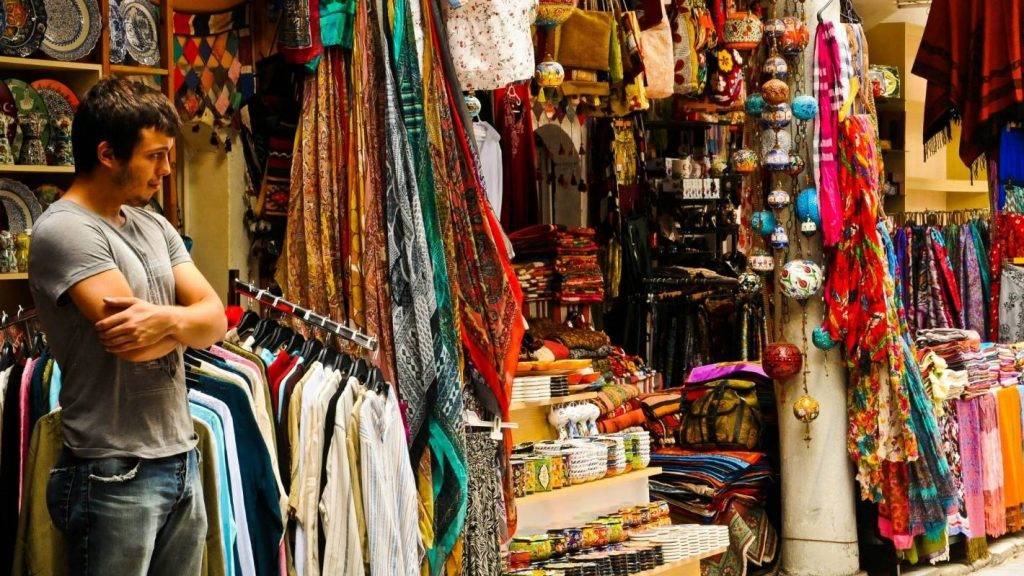
Pro tip: Exit the spice bazaar through the western gate and walk up Hasircilar Sokak (‘Street of the Strawmakers’) to peruse hole-in-the-wall shop after hole-in-the-wall shop selling everything from straw brooms to plump pistachios, all while inhaling the delicious aroma wafting from Kurukahveci Mehmet Efendi, one of Istanbul’s premier coffee roasters.
Enjoy a rooftop drink with sprawling city views.
There are exceptions, but the Old City of Istanbul is not known for its nightlife. On the other hand, Hotel bars offer some of the most fantastic evening drink alternatives in the region. At sunset, visit the Hotel Arcadia Blue’s terrace for spectacular views of the Old City’s domes and minarets or the neighbouring Pierre Loti Hotel’s rooftop.
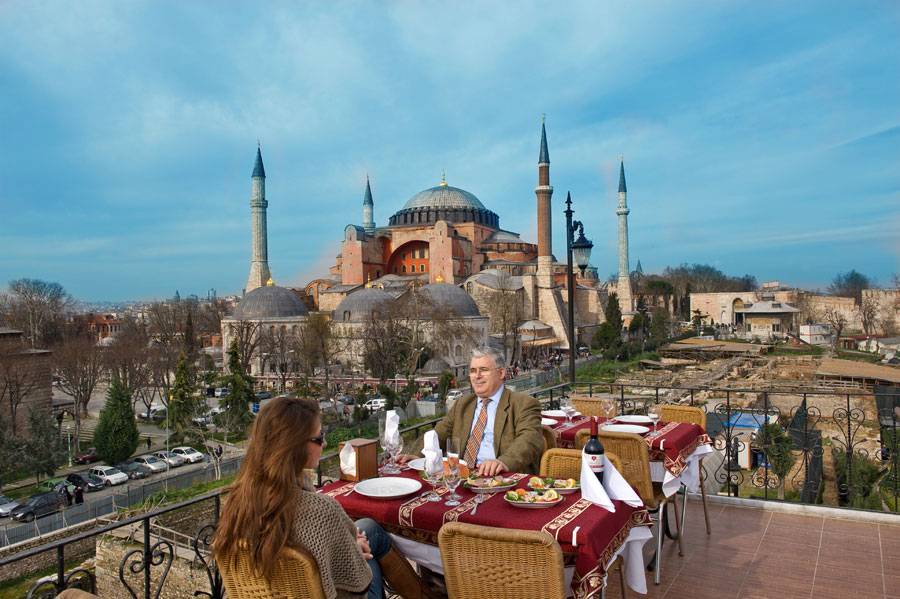
Pro-tip: The views across the Galata Bridge and along the Bosphorus from the many terraces of the Aga Kapisi café, situated on a bit of Street behind the Süleymaniye Mosque, are beautiful. It’s not a hotel, and it offers tea, Turkish coffee, and traditional fruit sherbet drinks rather than alcohol.
Explore the Galata waterfront at sunset
At twilight, visit the bustling market area spanning Galata Bridge to learn how the Golden Horn got its name. Look up at the silhouette of the Süleymaniye Mosque’s cascading domes and slender minarets atop the city’s third hill, then grab a refreshing drink at one of the bridge’s many café-bars.
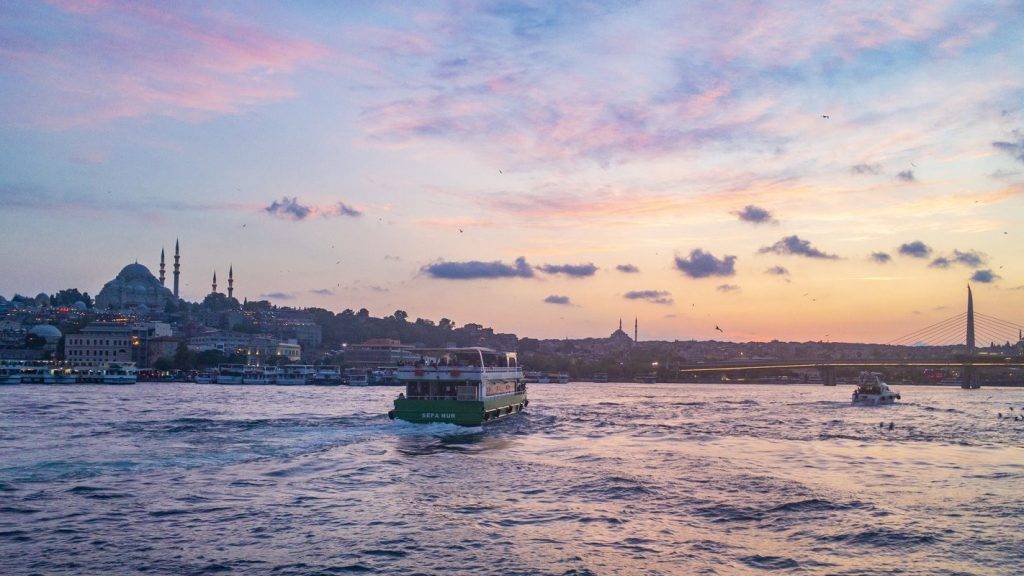
Pro-tip: Walking along the bridge’s parapet for photos is risky since it’s lined with a local fisherman casting their fishing hooks into the inlet below.
Discover the iconic Hagia Sophia and Blue Mosque
These two gigantic and famous structures, rising proudly 500 metres (1,640 feet) apart in the centre of Sultanahmet, are separated by over a thousand years of history. Begin with the Hagia Sophia, or Church of the Holy Wisdom, erected in 527 at Justinian’s behest (an influential emperor of the Byzantine Empire). With its awe-inspiring central dome and gold mosaic-covered interior, it is now a museum and one of the world’s genuinely magnificent structures.
The domed Blue Mosque (Sultanahmet Camii), built deliberately opposite the Hagia Sophia to emulate the wonders of the previous construction, is reached after a short trek through green and fountain-adorned area. It takes its name from the more than 20,000 blue Iznik tiles covering its interior.
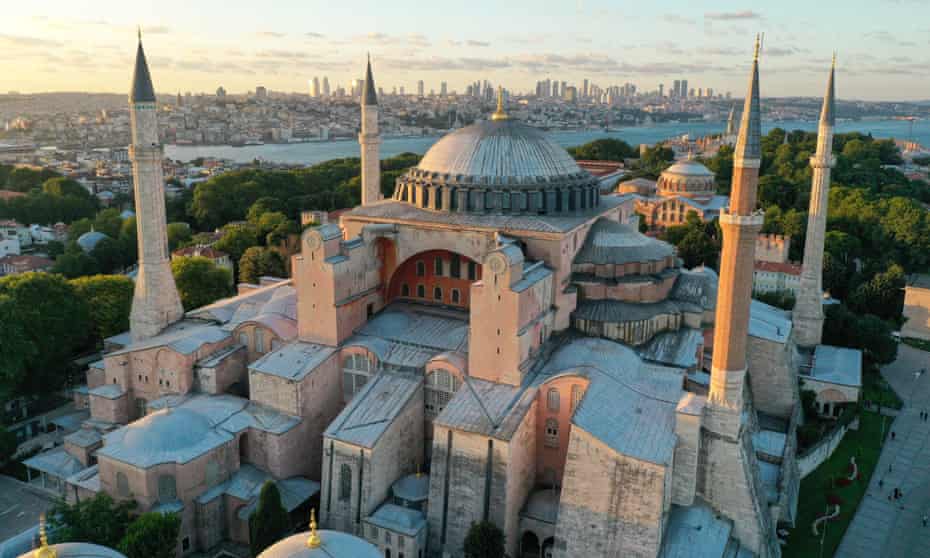
Pro-tip: Visit the square between the two buildings at night to witness how the architectural splendour of the structures is enhanced by subtle lighting.
Carşamba (Wednesday) market is a great place to acquire your weekly vegetables.
The city’s oldest, largest, and the most active street market has inspired an entire district: Carşamba (“Wednesday in Turkish”). Stall after stall of fruit, vegetables, household items, and clothing line the streets spreading out from the imperial Fatih Mosque for what seems like miles. Ca rşamba is known for its conservatism, so expect to see a lot of traditional clothing on the streets and come dressed modestly.
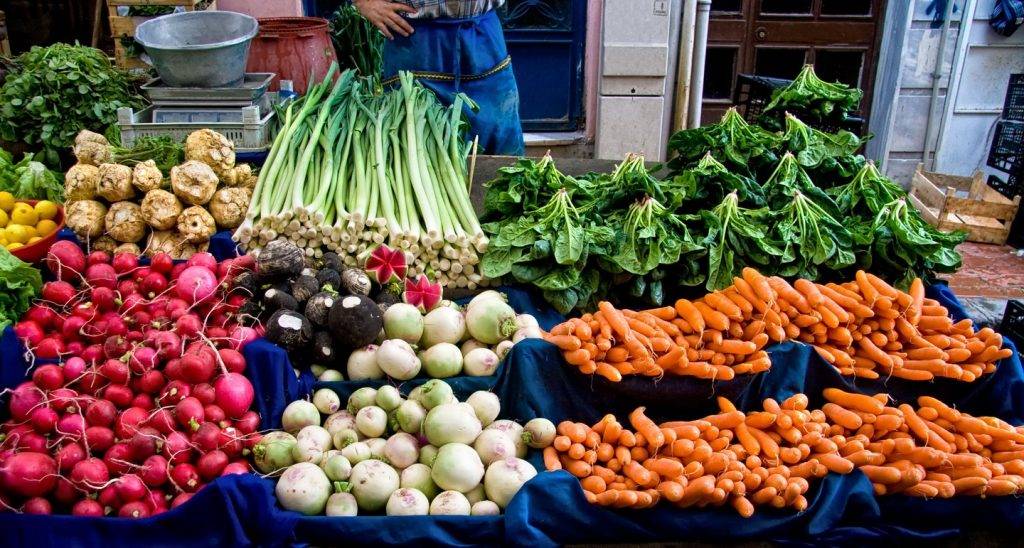
Visit Topkapı Palace, the nerve centre of an empire.
Rather than a Versailles-style edifice, the Topkapi Palace is a series of buildings placed within grounds, and a half-day visit is hardly enough to do it right. Sultans from throughout the Ottoman Empire ruled from here, from the Balkans to Arabia and North Africa to Crimea. There are tiled kiosks, pleasure gardens, armouries, and vast kitchens to explore, as well as spectacular views of Asia across the Bosphorus.
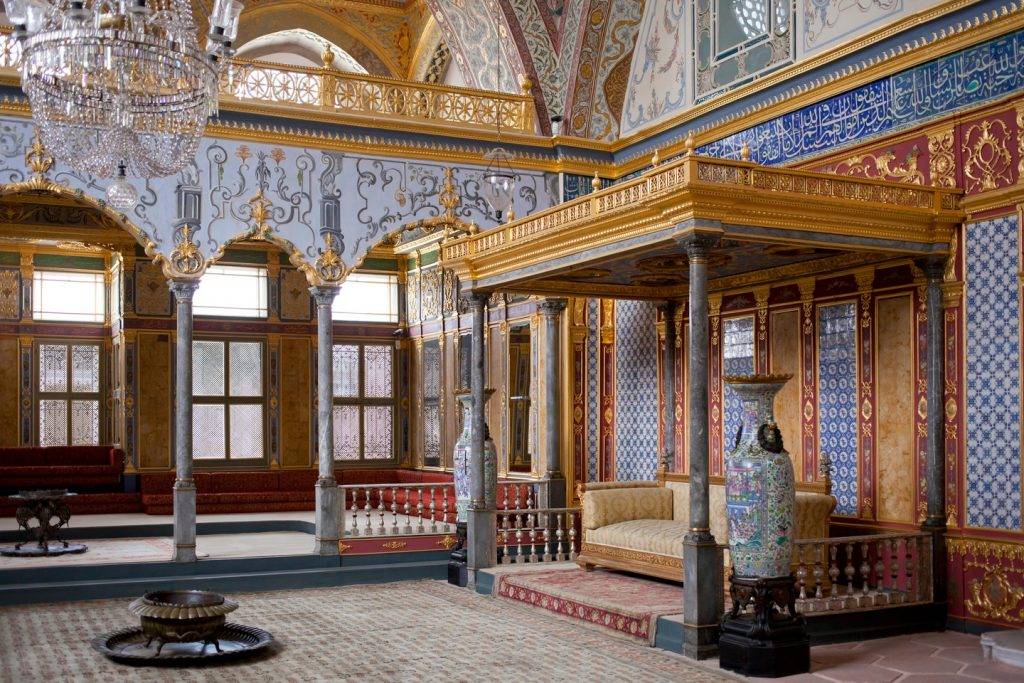
Get a turkey e visa or turkey visa from turkeyvisaonline.com and book a tour where you’ll stop at important historical places and fly across the countryside in a hot-air balloon.
